Hawaiian Islands Shipwreck Makes History – Again
His name might not sound familiar to you, but George Pollard was a 19th century whaling captain from Nantucket, Mass., whose previous whaling vessel, the Essex, had been famously rammed by a whale and sunk. Pollard’s story — which included drifting on the open ocean and, eventually, cannibalism — found its way to Herman Melville, who used the incident as fodder for his classic novel, Moby Dick.
Years later and in control of the vessel Two Brothers, Pollard gained notoriety again when his ship hit a shallow reef off French Frigate Shoals in Hawaii on the night of February 11, 1823. Fearing a repeat of his harrowing experience with the Essex, Pollard hesitated about what to do but his crew persuaded him to abandon ship. They all spent a long night clinging to small boats for survival and were rescued the next morning by a passing ship. As for the Two Brothers, it was lost beneath the ocean for 188 years.
In 2008, Two Brothers was found 600 miles northwest of Honolulu, in Papahānaumokuākea Marine National Monument, during a NOAA-led expedition to study marine archaeology in the Northwestern Hawaiian Islands. Upon further investigation, NOAA maritime archaeologists also found some of the ship’s equipment — blubber hooks, harpoon tips, lances and cooking pots.
Two Brothers is one of the very few well-preserved remains of an early 19th century North American whale ship. So well preserved, in fact, that the wreckage site has been added to the National Register of Historic Places, the official list of the nation's sites worthy of preservation, as well as the State of Hawaii’s Register of Historic Places. As the first shipwreck site in Papahānaumokuākea listed to the register, it joins the USS Arizona and the USS Utah as the only two other listed shipwreck sites in Hawaii.
There was a time during the mid-to-late 19th century when more than 700 American whaling ships plied the waters of New England and the Pacific, and more than one-fifth of their crew were Pacific Islanders. Dozens of vessels like the Two Brothers made their way to Hawaii, and these ships, for better or worse, changed the commerce and culture of the islands.
The whaling shipwreck sites in the Northwestern Hawaiian Islands help tell this part of Hawaiian and Pacific history, and are a reminder that this remote part of the United States was connected with small communities in New England halfway around the world — and through tragedy birthed one of the quintessential American novels.




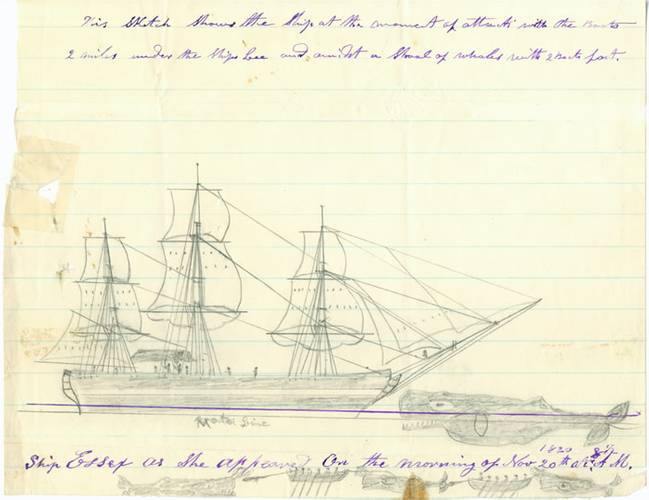
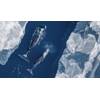
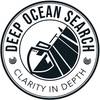

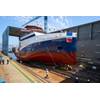

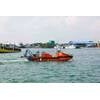






 February 2025
February 2025



